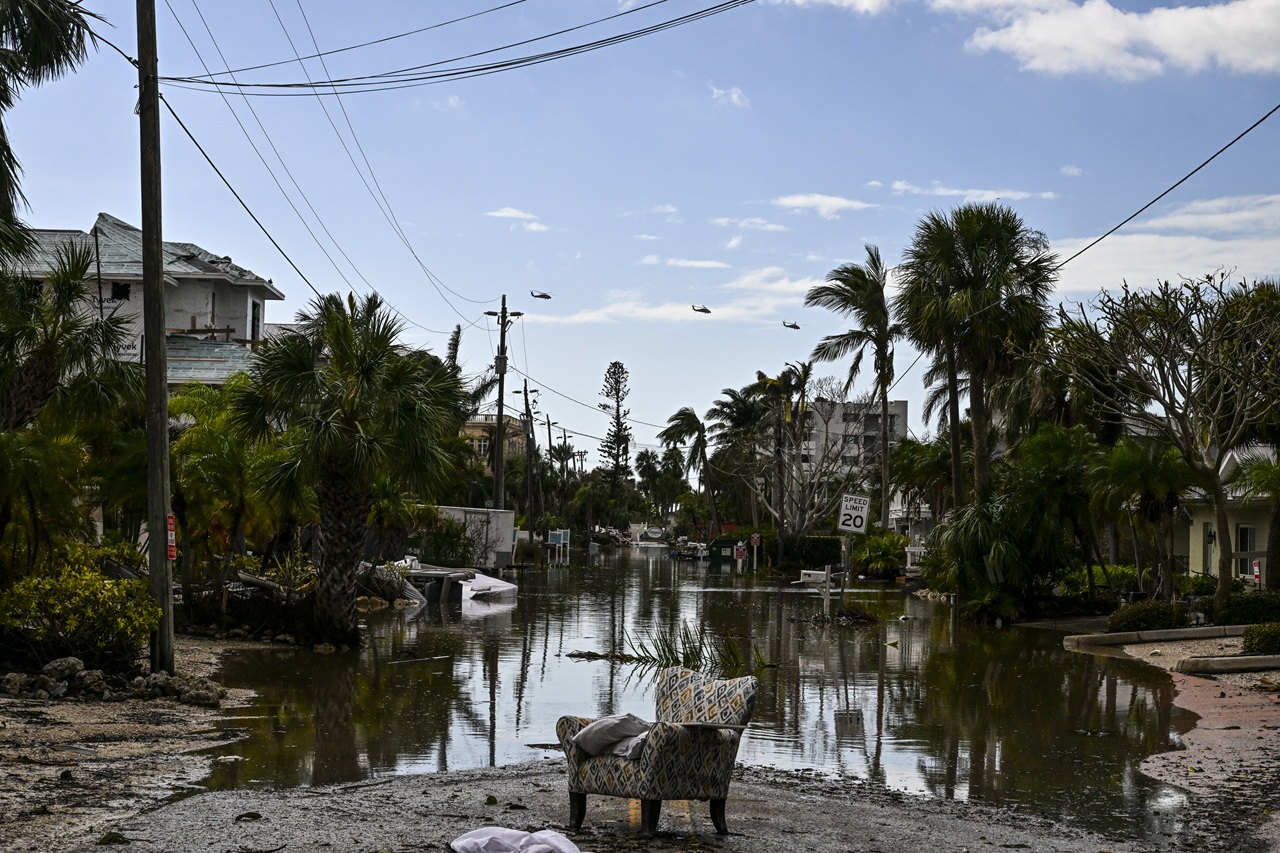How U.S. Census Director Robert Santos is rethinking the culture of the U.S. Census Bureau
He’s the first Latino to ever lead the bureau, and his experience plays a large role in how he leads it.
It wasn’t until Robert Santos left the state of Texas for grad school that he realized his full potential as an aspiring statistician.
At the time, he was married, graduated with a bachelor’s degree in mathematics from San Antonio’s Trinity University and knew two things: one, “I love statistics and I love the use of it in research,” and two, “I absolutely love helping people.”
However, to reach new heights in those passions, Santos would have to make the trek north from his hometown to land in Ann Arbor at the University of Michigan. It’s there that he found how to incorporate his own experiences as a third-generation Mexican-American into the work.
“I found that I could be a better statistician and that I could do better science and create more insights and knowledge if I used my whole self,” Santos told AL DÍA in a recent sit-down interview.
Now, more than 40 years later as the first Latino U.S. Census Director in history, Santos is taking that same approach to “change the culture” of the bureau.
Latino “en alma y corazón”
It’s a change that first sprouted in the barrios of West San Antonio. That’s where Santos’ story begins, born to Mexican-American civil servants. His grandmother, who primarily raised him and his siblings while their parents worked, first migrated across the U.S.-Mexico border in the early 1900s, escaping the Mexican Revolution.
“In retrospect, it was a pretty amazing experience,” he told AL DÍA of his time growing up in South Texas.
Though he doesn’t command Spanish as well these days, Santos said it’s the language his early household operated in, in addition to exposing him to the many traditions his grandmother brought over to their new country and community.
“That sort of instituted within me and some of the experiences I went through, a high cultural value in terms of who I am and how I see the world,” said Santos.
He’s also not as religious in 2023, but was sent by his devout parents and grandmother as a kid to parochial school for his entire early education experience. It started with Irish nuns in elementary and middle school before Brothers of the Holy Cross took over in high school.
In his own words, Santos left high school with a “really healthy” love of mathematics and its instilled values of public service to the community, country and world.
He took that love of math and service to Trinity, where Santos got a degree in mathematics before arriving at the University of Michigan to attain his Masters in statistics in 1977.
From there, Santos’ career would take him all around the country — first to Philadelphia and Temple University, then back to Ann Arbor, Chicago, Austin, Texas, and then finally to Washington D.C., where he remains today. Throughout all those experiences, he would build upon his approach of putting his “whole self” into the work of data gathering and statistical analysis.
“You can have the best design, you can have the best methods, you can have the best analysis plan and do the best analysis,” said Santos. “But if you don’t frame the research question the right way, you can actually do more harm than good.”
To improve that dynamic, Santos harkens back to his high school days, learning about the importance of the community.
“If you don’t use community engagement and talk to folks, and work with people and communities to find out what they need and how they’re thinking, you can interpret things all wrong,” he said.
A “community of whole approach”
That’s been arguably Santos’ biggest effort to change the culture in the year and five months since he’s taken over at the U.S. Census Bureau. He calls it a “community of whole” approach to the work done at the bureau, and it “flows” from the tremendous hurdles that were presented to data gathering for the 2020 Census.
“What I inherited was a Census Bureau that had been through an extraordinary challenge,” said Santos.
But it was also one that left him inspired, especially by the workers that navigated the pandemic. Beyond them, were also the tens of thousands of community partners across the country that aided in the data collection and made sure amid all the crises that certain communities were included. It wasn’t perfect, but it set the roadmap for Santos’ “community of whole.”
“It made us realize that we can’t achieve our mission by ourselves in D.C. or with our regional offices, we need the community as active partners,” he said.
In 2023, that effort has seen Santos hit the road more frequently, visiting colleges and communities in hopes of developing a deeper, two-way relationship.
RELATED CONTENT
“We can learn from them about how the data is getting used,” said Santos.
On what the Census Bureau can provide on its end, Santos mentioned more precise data, human resource support and expertise in a range of other areas.
At colleges specifically, Santos said it can also provide future employment opportunities for students. Recently, he was also on hand for the opening of the University of Texas-Austin’s new School of Data Science, which the Census Bureau will support to get more Hispanic students into the field. The same kind of support is also being offered at Historically Black Colleges, Hispanic-Serving Institutions and other R1 universities across the country.
“It’s a big idea,” Santos told AL DÍA. “We’re expecting to create a more robust, strong and totally-encompassing community of trust.”
“Obliged” to adapt
On the data release side of things at the Census Bureau, there are still deeper analyses to be released from the 2020 decennial census.
At the end of this month, the bureau will release more files on demographics and housing, and in September, it will drop its most detailed data to date of the country’s races and ethnicities. In total, the bureau identified 370 different racial and ethnic groups and around 1,200 American Indian and Alaska Native tribal and village population groups.
The Census Bureau also does five-year censuses on local governments and the economy in the U.S. Every year, it puts out around 130 surveys, including its flagship American Communities Survey.
In regards to the September drop from the decennial census, Santos said it’s something the bureau has never done before. While gathering the data, it was forced into using the same race and ethnicity questions from 1997, but added a blank space after every racial category to allow those filling it out to better specify their own identity.
Historically, a blank space had been used before by the Census Bureau to gather more information, but not to the extent it was used or analyzed in 2020.
“This time, we captured the full breadth,” said Santos.
The result is data that more accurately depicts the makeup of U.S. society than ever before and sets another foundation for future censuses, like the one coming in 2030.
“There’s no question that we will become even more diverse,” Santos told AL DÍA of his future predictions for the U.S.
It’s a prospect that excites Santos about the future of the country, but one that also shows him how much work he must do as census director to make sure all of that diversity is equally captured.
“We’re obliged to adapt,” Santos said of the Census Bureau, “to acculturate to our increasingly more diverse society. That’s the paradigm I’m bringing.”











LEAVE A COMMENT: